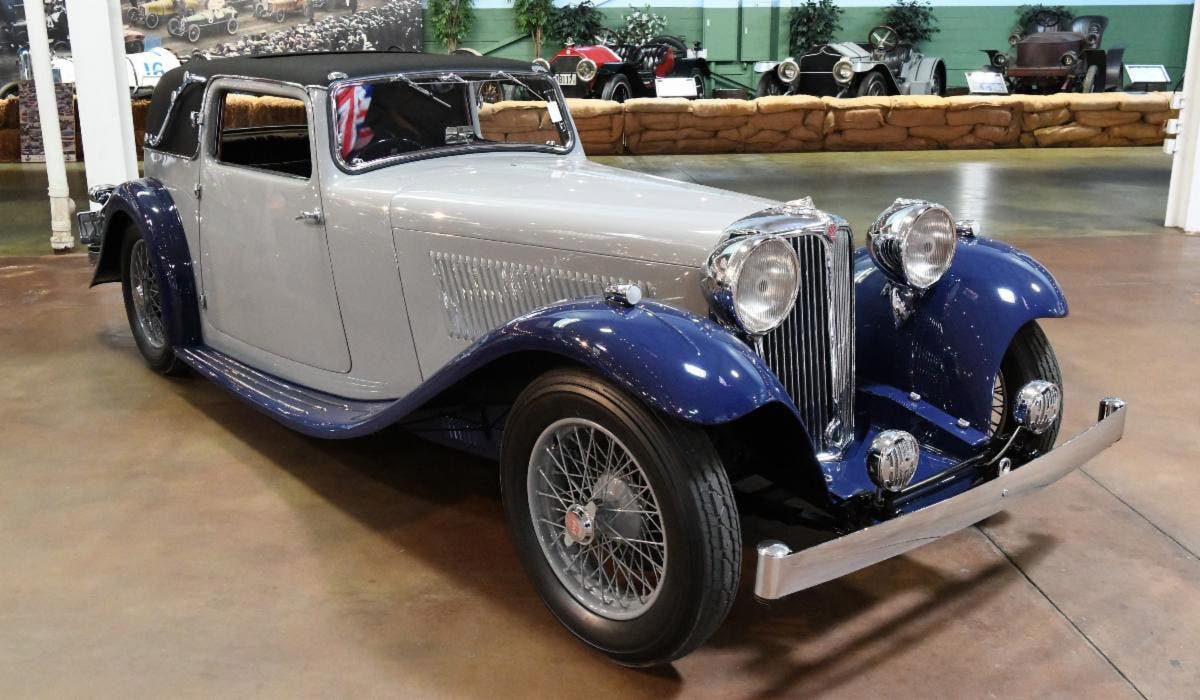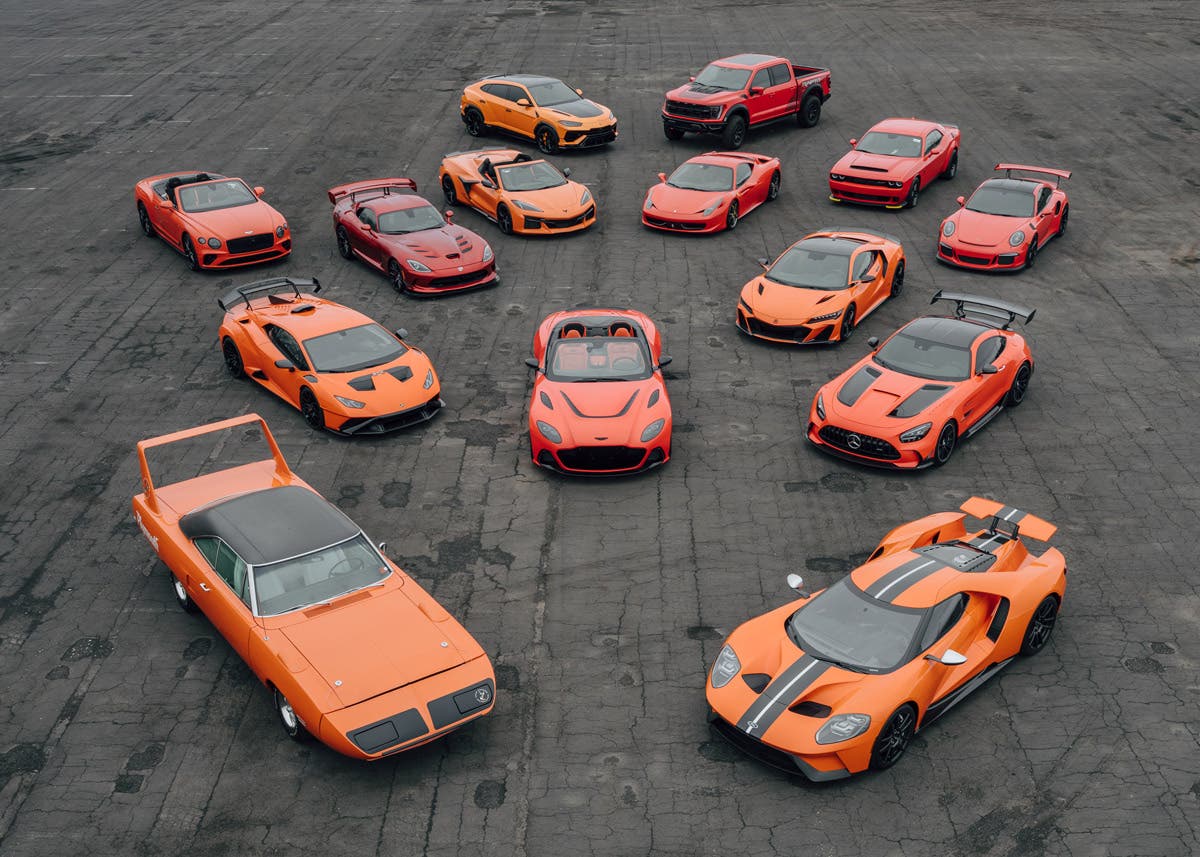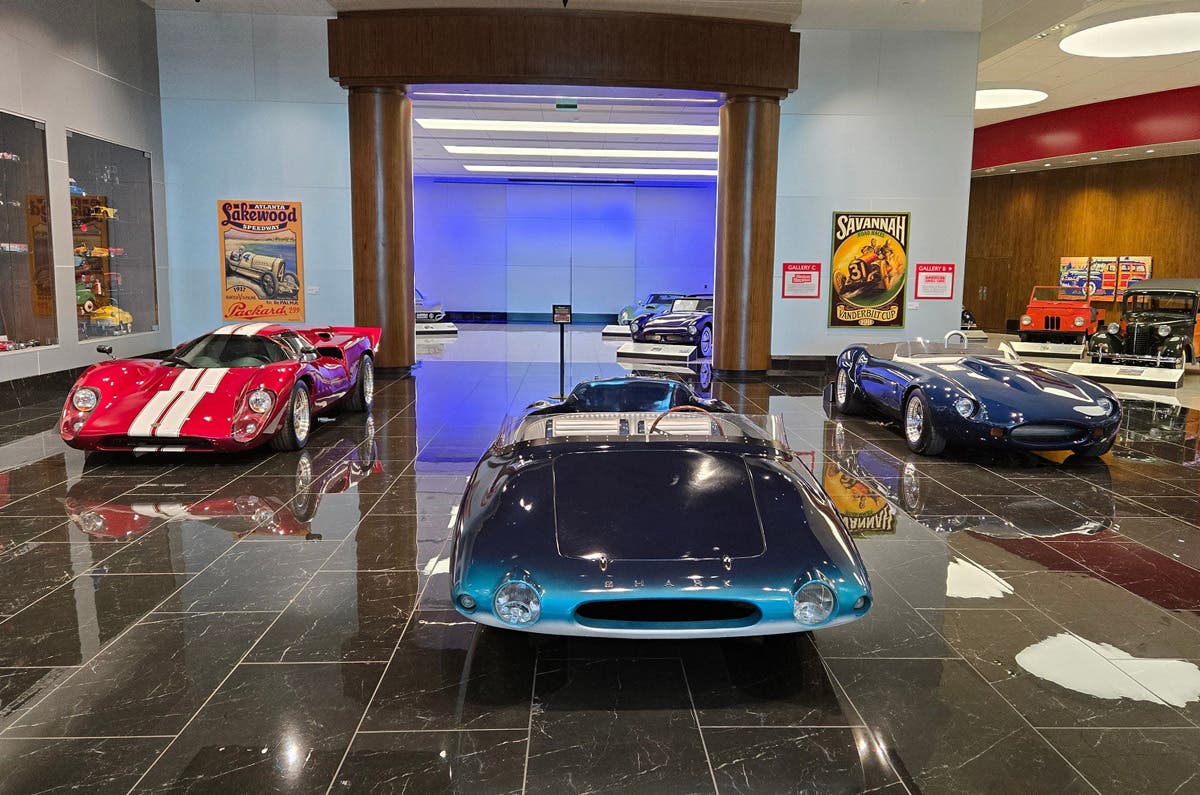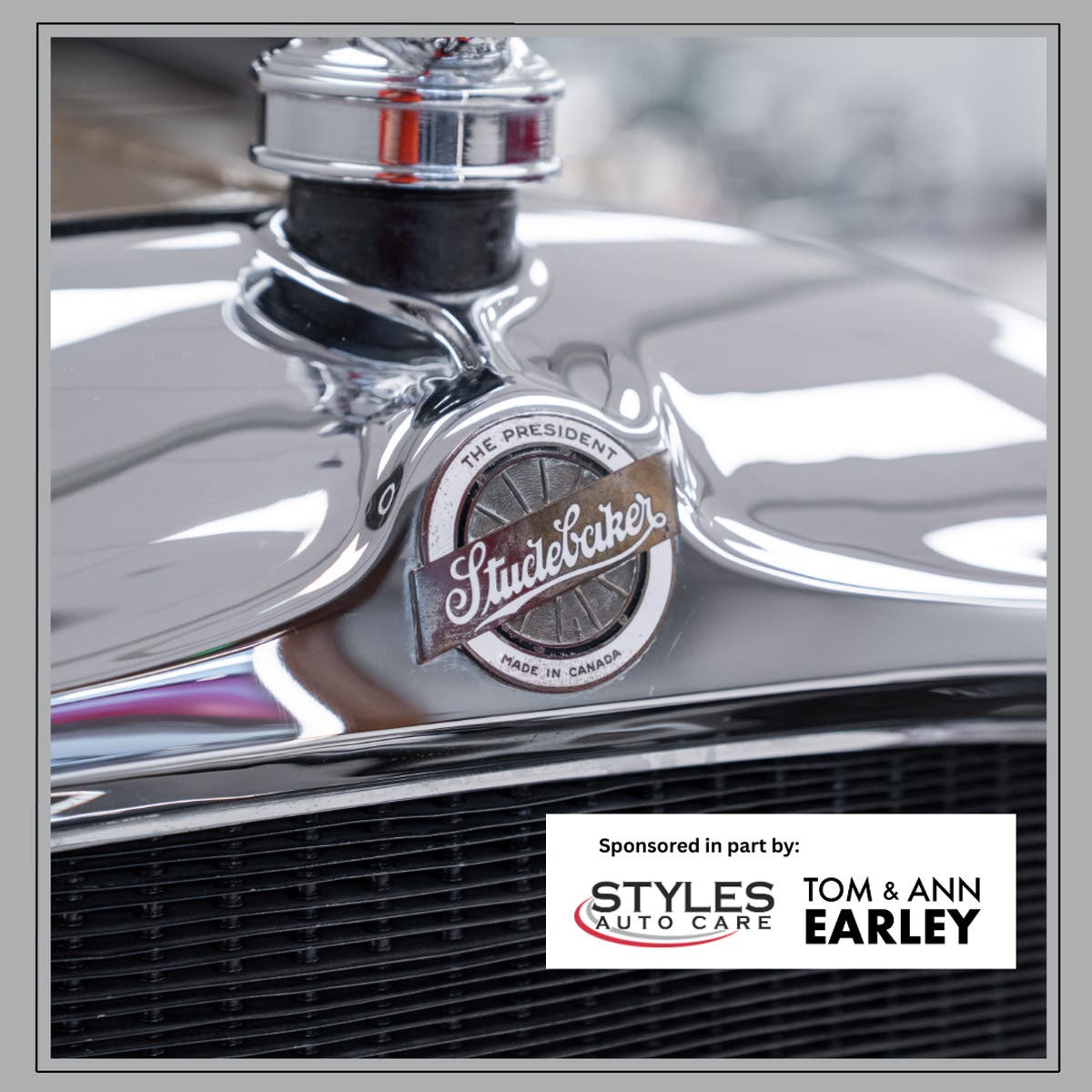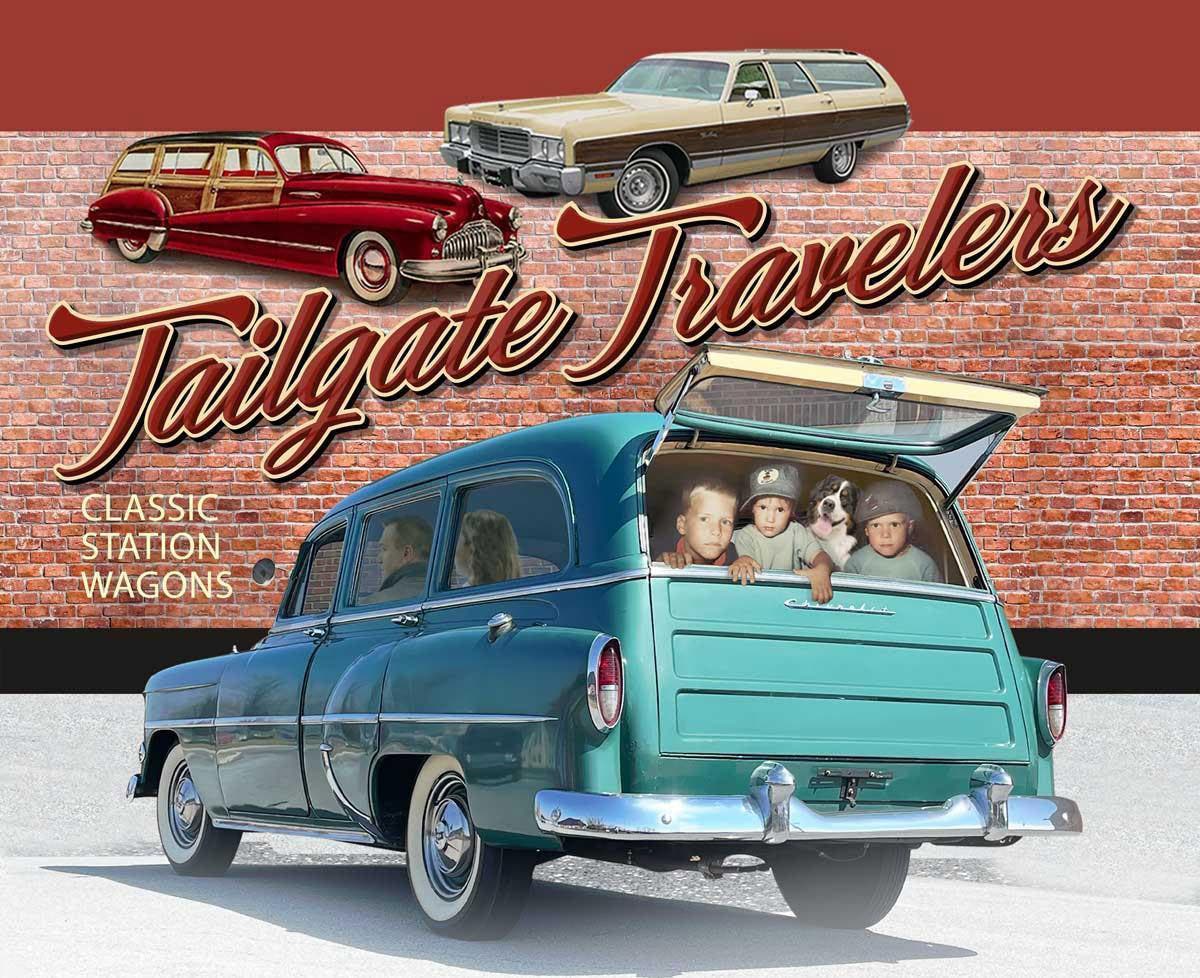The year 1960 was one of significant change for the U.S. automobile industry. For the first time, the major car manufacturers (Ford, Chevrolet, and Plymouth) started building two distinctly different sizes of cars. Up to this time, each of these builders had basically said “one size fits all,” and buyers had to adjust accordingly. True, there had been high-priced specialty cars like the Corvette and the Thunderbird, but the mainstream sedan and wagon buyers had no choice of size.
And the size had been getting bigger during the late ’50s. Detroit was still fixated on a bigger-is-better policy. The problem was, the buying public was disputing this more and more, and showing it by turning to more economical alternatives. During this time, there was a flood of economical imports coming from Europe, led by Volkswagen. These cars were typically small, slow, but reasonably cheap to buy, easy handling, and very economical. Sales of American Motors’ Rambler were also booming and would put AMC third place in sales by 1961. The Rambler pitch was the same as the imports: economical and compact (Rambler coined the descriptive word “compact” to describe its product).
The “big three” ignored this as long as they could, but by 1960, something had to be done. The results were three very different answers to the challenge of designing a new small car. Ford, with its Falcon, simply downsized a big car and made the Falcon small, plain, simple, and cheap. It was still front-engine/rear-drive layout and offered no innovative design breakthroughs. The Plymouth response was a bit more interesting. The Valiant appeared with an overhead-valve, slant-six engine and very unusual styling, though still with a front-engine/rear-drive layout.
Chevrolet, on the other hand, took a very innovative approach. Led by Ed Cole, the engineer who led the team that developed the legendary Chevy small-block V-8, took a leaf from the VW design book and put the engine in the rear of the new Corvair and air cooled it. This was pretty unusual stuff for the average American car buyer to swallow.
Probably only a manufacturer with the market clout of Chevrolet could have made this design sell competitively. The Corvair was small, very economical, and handled very easily, because there was no engine weight over the front wheels.
The Falcon was successful from the start, but the Corvair had to work for its sales, partly because of its unusual layout. Other problems developed. The Corvair design did not permit a roomy station wagon, a body type growing rapidly in popularity at this time. Corvair’s rear suspension, a single-pivot swing axle similar in concept to what Mercedes-Benz had been using for years, came under fire from Ralph Nader, who was becoming known for his attacks on U.S. car design. Thus, by 1965, when it was time for the first major restyling of the Corvair, GM engineers faced some challenges.
Today’s Motor City Milestone was the brilliant result of this effort, the 1965-’69 Corvair. GM took the Corvair in a very sporty direction. The new line offered only hardtops and convertibles. There were no wagons or sedans. The emphasis was on bucket seats, sporty interiors, four-on-the-floor transmissions, and other features aimed at motorists who liked European-style sports cars. The lines were beautiful: balanced nicely without trying to look like a front-engine car.
Engine options followed the same sporty trend. All Corvairs used the same displacement, 164-cubic-inch, flat-opposed, air-cooled six-cylinder engine, but horsepower ranged from 95 units in the base models to a 180-bhp turbocharged version in the top-line Corsas. The rear suspension was redesigned with a fully independent trailing arm setup, thus eliminating the source of Nader’s criticism. It was truly a family sports car, and a good-looking one at that.
But it was ultimately to no avail. The combination of the unusual design to Americans suspicious of fundamental change in the layout of their cars, coupled with the doubts cast by Nader, were serious problems. Chevrolet had come out with the Chevy II/Nova in 1962 to more directly compete with the Falcon approach to small cars, thus taking another slice of the Corvair market. Then, just before the redesigned Corvair hit the market, the first Mustang came out. It was aimed at the same sporty market as Corvair, but was a more familiar arrangement (front engine/rear drive). Mustang sales really took off just as the revised Corvair tried to get some attention. Still, Corvair sales were pretty good for the 1965 model at 235,528 cars, but then tailed off rapidly. By 1967, the top-line Corsa and turbocharged engine had been dropped, and sales plummeted to 27,253 cars. More competition had arrived in the form of Chevy’s own Camaro, another competitor from within. Only 6,000 1969 models were built before production ended.
What is Corvair’s legacy? It really started the sporty, colorfully trimmed, bucket-seat craze with the Monza model in 1961. Today, the second-generation Corvairs still look attractive, clean lined, and well proportioned. Yet, they can still be purchased for very reasonable prices. It was one of the best examples of a European-style automobile to be built by an American manufacturer. Its size is more consistent with new cars today than the cars of the ’60s.



